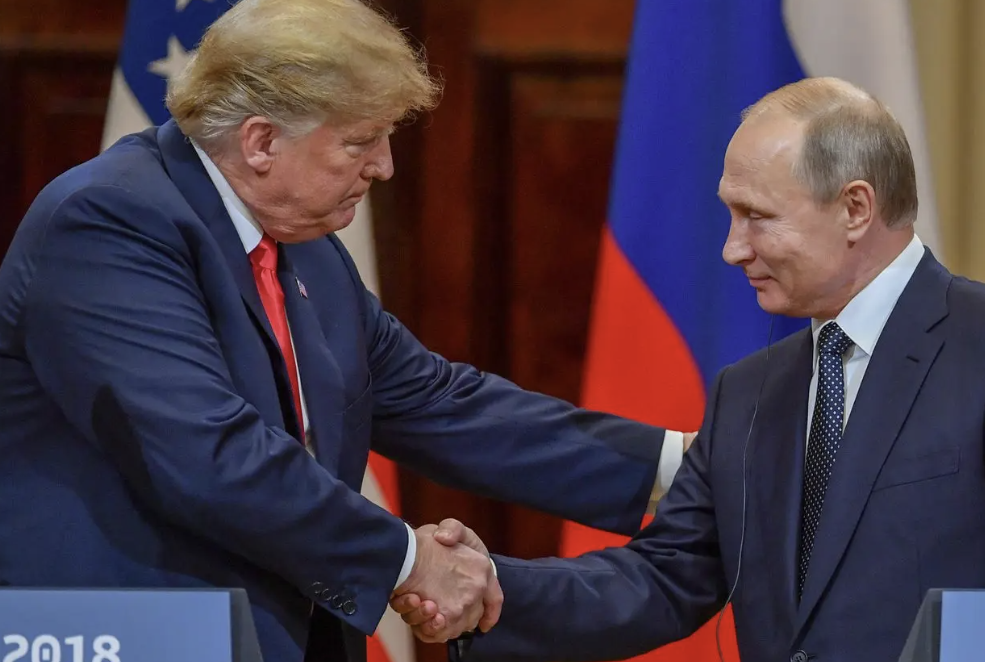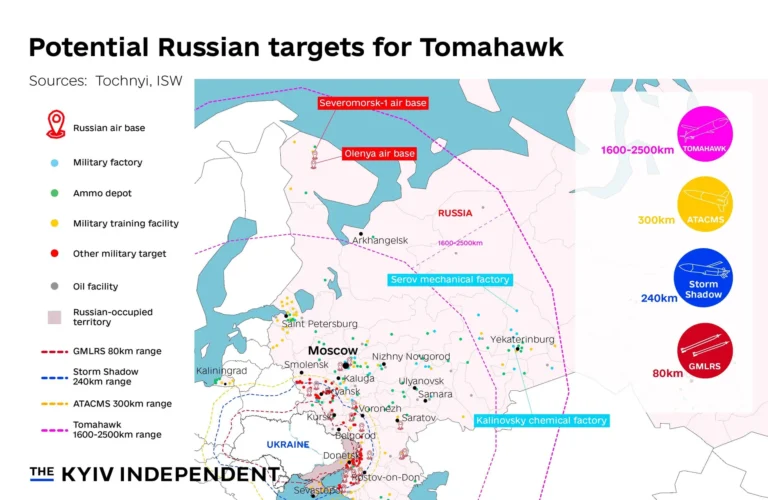
Vladimir Putin is heading into tomorrow’s Alaska summit with Donald Trump radiating self-assurance and for reasons that go far beyond political theater. In the Kremlin’s view, the war in Ukraine is shifting in Russia’s favor.
On the battlefield, Russian forces are slowly advancing across much of the 750-mile front, fueled by an industrial and recruitment machine that the country hasn’t seen since the Cold War. Putin’s message to Kyiv is simple: keep resisting, and things will only get worse.
But beneath that confidence lies a reality shaped by staggering costs, in lives, resources, and Russia’s future stability.
From Battlefield Chaos to Machine-Like War Effort
In 2022, Russian troops were reeling. Poorly supplied and humiliated by Ukraine’s precision strikes, they lost key territory in lightning counteroffensives. Many observers thought the war might grind to a halt.
Instead, Putin doubled down. He mobilized 300,000 men in Russia’s first wartime draft since World War II, released prisoners in exchange for frontline service, and turned military recruitment into a high-paying job. Today, around 1,000 new soldiers sign up each day, double Ukraine’s intake, lured by massive sign-up bonuses and pensions that can set a family up for life.
For men in struggling towns, the war is more than patriotism; it’s a ticket to financial security. One soldier, Vladislav, lost a foot in battle but now receives payouts and a pension far beyond his old salary at a sunflower oil plant. He’s building homes and upgrading cars, luxuries unthinkable before the war.
The Industrial War Machine
If manpower is one side of the equation, weapons are the other. Putin has turned Russia’s defense sector into a 24/7 operation. Old Soviet factories roar back to life, producing millions of artillery shells and retrofitting “dumb” bombs with modern guidance kits.
Russia’s partnership with Iran birthed the Geran-2 drone, a more lethal cousin of Tehran’s Shahed model. In 2023, production tripled to 80 drones a day, enabling Moscow to launch night-after-night bombardments on Ukrainian cities. The Yelabuga drone plant, touted as the largest in the world, now trains teenagers straight from school to join the war effort.
Putin has also relied on North Korea for artillery shells and on China for components, sidestepping Western sanctions that were supposed to cripple Russia’s arms industry.
New Tactics, Same Ruthlessness
Under new Defense Minister Andrei Belousov, a technocrat replacing the scandal-plagued Sergei Shoigu, Russia’s army has streamlined supply lines and embraced “total infiltration” tactics. Small, camouflaged units slip behind Ukrainian lines, ambushing supply convoys and disrupting reinforcements.
The elite Rubicon drone unit has become Russia’s most feared innovation, using fiber-optic-guided drones that can evade jamming. These weapons have devastated Ukrainian logistics in regions like Donetsk and during Russia’s push into Kursk earlier this year.
But the Cracks Remain
Russia has paid dearly for its advances. Around 230,000 soldiers have died since the invasion began, with the median age of new casualties now pushing 40. Recruitment increasingly targets the poor, the desperate, and the unfit. Local budgets are strained by the escalating bonuses needed to lure men into service.
The economy, buoyed by oil and gas exports, still shows signs of stress. Military spending now consumes more than a third of the federal budget. And while industrial output is high, Russia’s newest weapons still rely on imported parts, a vulnerability the West could exploit.
The Alaska Summit: A Calculated Gamble
Against this backdrop, tomorrow’s meeting between Putin and Trump at Joint Base Elmendorf-Richardson in Alaska will be the first face-to-face encounter since Trump returned to the presidency.
The Russian delegation will include top figures: Foreign Minister Sergey Lavrov, Defense Minister Belousov, and Finance Minister Anton Siluanov, while Trump is expected to bring senior security and economic advisers.
The talks will start one-on-one with interpreters before expanding into “five-on-five” negotiations. The main topic: ending the war in Ukraine.
Trump has already hinted at his preferred path: a “land swap” peace deal where both Kyiv and Moscow cede territory. This proposal alarms Kyiv and European capitals, who fear it would legitimize Russia’s invasion and invite future aggression.
European leaders, including French President Emmanuel Macron and UK Prime Minister Keir Starmer, have coordinated closely with Ukrainian President Volodymyr Zelensky. They’ve pledged security guarantees, potentially backed by NATO troops on Ukrainian soil, if hostilities cease.
Two Visions Collide
Putin wants recognition of four occupied Ukrainian regions, a NATO ban for Kyiv, and military limits on Ukraine, terms that would effectively turn Ukraine into a dependent buffer state.
Ukraine and its allies want to hold out until Russia’s attrition strategy collapses, betting that cracks in its economy and manpower will force Moscow to compromise.
Tomorrow’s summit won’t decide the war, but it will reveal the direction of the next chapter: negotiated peace, frozen conflict, or an even bloodier fight.
💬 Final Thought:
Putin believes time is on his side. Ukraine believes justice is on theirs. Tomorrow in Alaska, we’ll see which vision speaks louder, brute force or international resolve.
☕ If you found this deep dive valuable, you can support my work on Buy Me a Coffee. Your contribution helps me keep producing independent, ad-free analyses of world events, away from clickbait headlines and paywalls.




